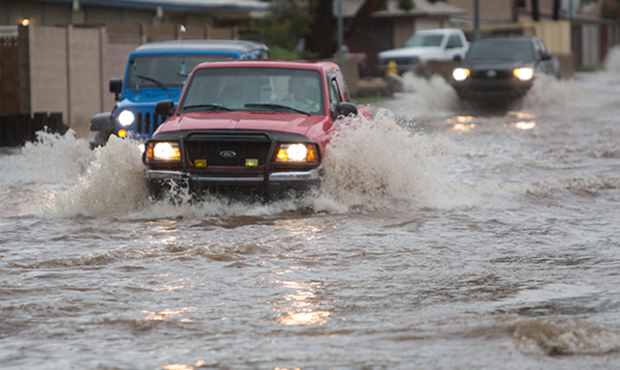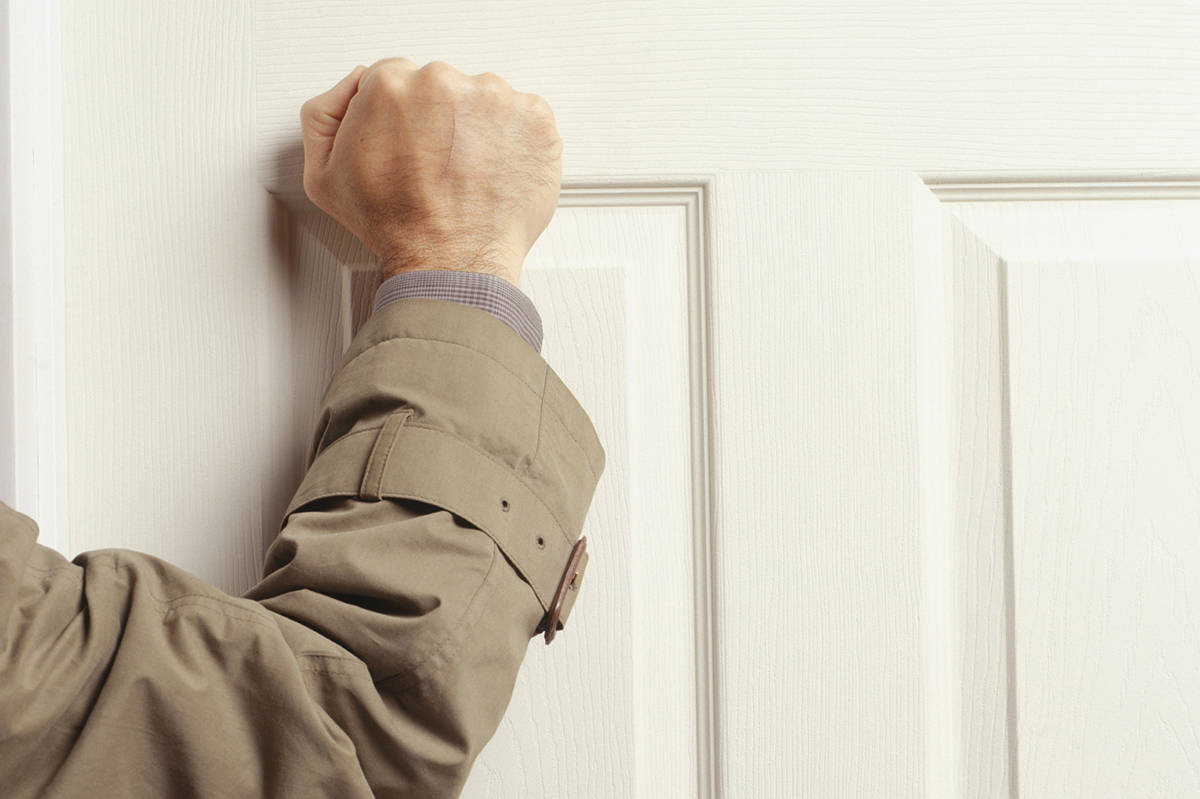Basement flooding can occur at any time, even in dry conditions. Most home owners don’t think about basement flooding in dry weather, only when it’s during the wet summers. But there are many ways a basement can flood in dry weather causing major water damage to your finished space and contents.
There are a number of reasons why basements flood. Flooding can occur by seepage or flow through the walls or foundation floor, from surface water sources, or by a sanitary or storm sewer backup.
Most flood events do happen during wet weather, but it is quite possible for a flood to occur during dry weather too. Three of the most common reasons are as follows:
- A blocked or failed sanitary lateral. The sanitary sewer lateral, just like the shingles on your roof, or your paved driveway, is a feature that will degrade over time. As a lateral degrades, several things can happen. For example, tree roots might penetrate and the lateral might collapse because of gradual deterioration. These scenarios can block the lateral, resulting in a sewage backup. In this case, it will be your own home’s domestic wastewater that floods your basement. The only way for the wastewater to drain becomes the lowest fixture in the home – usually the floor drain or a basement level shower stall, sink or toilet. Your lateral, just like your roof, your driveway or windows, needs maintenance, and ultimately needs to be replaced or rehabilitated. Talk to a licensed plumber, who can carry out an assessment. Another reason for blockage of a sanitary sewer is simply due to what is being flushed down the toilet. Our Toilets and Drain page has a list of things not to put down your drain, or flush down your toilet. Toilets are for human waste and toilet paper, and that is pretty much it!
- Foundation drainage failure. Subdivisions are sometimes constructed in lower-lying areas that are generally wetter than others. In such cases, the foundation drainage system, whether by gravity or by pump, must work continuously to keep the ground water level around the foundation lower than the basement floor.
Just as with sewer laterals, gravity foundation systems, often called weeping tiles, may degrade over time or get plugged by fine sediments. As a result, the ground around the foundation will cease to drain itself by gravity. In other cases, sump holes in the foundation are constructed to accommodate a sump pump. These devices pump out the water around the foundation and either discharge it to the lawn, storm sewer, or illegally to the sanitary sewer. Discharging a sump pump to the sanitary sewer is illegal, and should either be reported and/or repaired immediately. It is possible for these pumps to fail, or simply be unable to keep up with the incoming water, or get plugged. This flood type will be discussed further in the wet weather section.
- Water supply-line break or hot-water tank failure. Sometimes, a flood is due to a break in the home’s internal water supply plumbing or failure of the hot-water tank. This can result from aging plumbing or equipment, a puncture of a pipe during construction, or freezing-induced splitting of a pipe.
If your basement floods, immediate action is paramount. Our emergency water damage restoration service is available 24 hours a day, 365 days a year and you’ll always speak to a live person. Having the wet building material removed and the space structurally dried will prevent secondary damage and mold. If a flood should occur in your home or business, give our water damage restoration team a call, and we’ll have your space back to new in no time.









